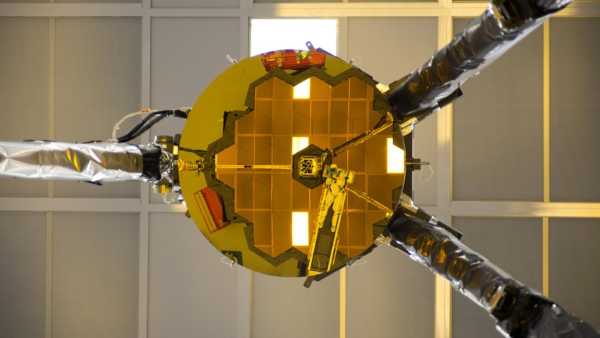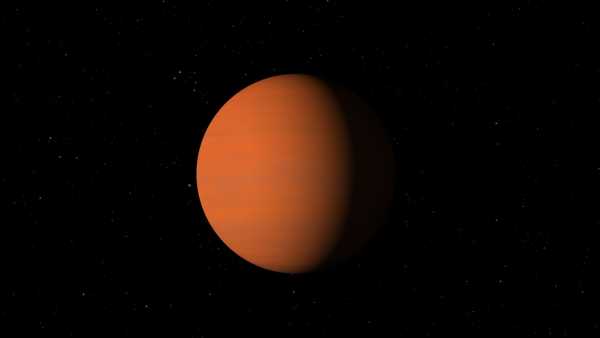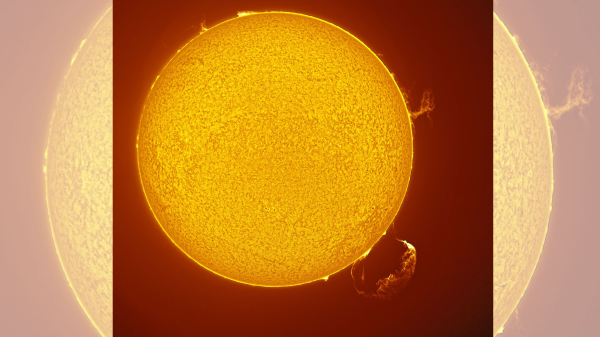
A large solar prominence (bottom right) erupts from the sun's surface, while a plasma vortex (top right) rages nearby. (Image credit: Maximilian Teodorescu)
A giant solar vortex and a powerful plasma emission were simultaneously active on the Sun – a scientist managed to capture both phenomena in a single impressive frame.
Although these phenomena are not directly related, their formation is caused by disturbances in the star's invisible magnetic field. Part of the plasma mass forms a tornado structure, while another part is released in the form of a large-scale eruption – the so-called eruptive prominence.
Maximilian Teodorescu, a researcher at the Romanian Institute of Space Sciences, simultaneously recorded both events on Wednesday (August 20). In an interview with Live Science, he emphasized that large solar vortices are rare, and their simultaneous appearance with an erupting prominence is observed for the first time.
You might be interested
-
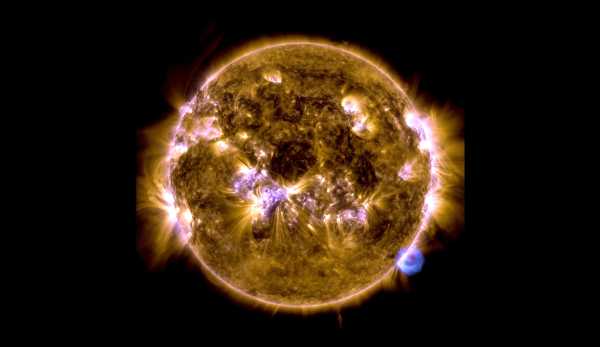
NASA's Parker Solar Probe has detected an intense magnetic blast directed toward the solar surface.
-

Photoweek in Space: Detailed Pink 'Drops' on the Sun
-
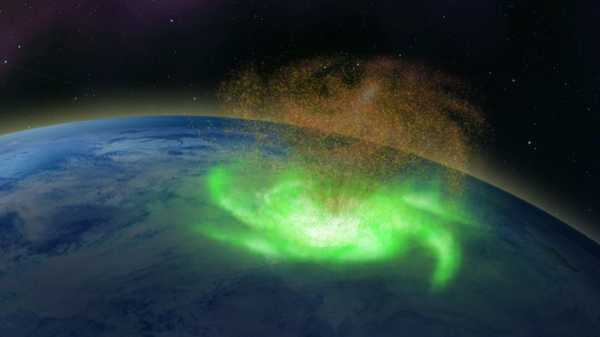
'Space storm' observed over North Pole during period of minimum solar activity
According to Spaceweather.com, astronomers have been spotting solar tornadoes this week, with the first images appearing on Sunday (August 17). They look similar to Earth's tornadoes, but are much different in scale.
“The vortex reaches a height of about 130,000 kilometers,” Teodorescu explained. “That's about a tenth of the sun's diameter.”
For comparison, the Earth's diameter is approximately 12,756 km, making the solar tornado equivalent to the height of ten planets standing vertically. The standard height of such structures ranges from 25,000 to 100,000 km, making this one exceptional.
The width of the erupting prominence is estimated by Teodorescu at 200,000 km. This is comparable to the parameters of the giant emission observed in July, called “The Beast”, the diameter of which exceeded 165,000 km.
The scientist first spotted the vortex through the Global Oscillation Network Group (GONG) system on Monday (August 18). The project, run by the National Solar Observatory, uses six identical telescopes to continuously monitor solar activity in real time.
Elisa Teodorescu, the researcher's wife and colleague, helped set up the telescope to film the vortex. The subsequent appearance of the prominence made it possible to capture both phenomena simultaneously.
While terrestrial tornadoes are formed by air currents and move, their solar counterparts are made of fixed plasma. Their official name, tornado prominences, reflects their fixation by magnetic fields, just like regular prominences.
According to NASA, the prominences are connected to the photosphere and extend into the corona. The eruptive forms occur when magnetic fields that hold the plasma are destabilized. (Observers of the April 8 solar eclipse were able to see such eruptions in real time.)
Often, the released plasma forms a coronal mass ejection (CME). Such events can affect the Earth's magnetosphere, causing auroras and affecting satellite systems.
Related materials
— NASA spacecraft captured a lunar transit and an earth eclipse on the same day — unique footage
— Damage from May 2024 solar storm estimated at half a billion dollars for farmers
— Parker Solar Probe sets record for closest approach to Sun, taking detailed images
Maximilian Teodorescu specified that the detected prominence was accompanied by a coronal mass ejection. However, its trajectory excludes an impact on the Earth, so geomagnetic disturbances are not predicted. Nevertheless, current solar winds can cause polar lights at high latitudes.
The Sun is currently experiencing the peak of an 11-year activity cycle (solar maximum), characterized by a weakening and reversal of the magnetic field. Even small telescopes with solar filters allow us to observe significant active processes.
“This is the most dynamic spectacle available to both amateurs and professionals,” the scientist concluded.
TOPICS solar maximum

Patrick Pester, Social Media and Science Journalism
Patrick Pester is a science writer for Live Science. His work has appeared in BBC Science Focus and Scientific American. He began his career in conservation before switching to journalism. He holds a Master's Excellence Scholarship from Cardiff University, where he earned an MA in International Journalism. He also holds an MSc in Biodiversity from Middlesex University in London. Outside of his professional work, he studies the archaeological artefact trade market.
Please check your profile name before posting a comment.
To continue, you must log in again and specify a display name.
Exit Read more

NASA's Parker Solar Probe has detected a powerful magnetic flare on the Sun.

Pink 'blobs' on the solar surface: weekly space image
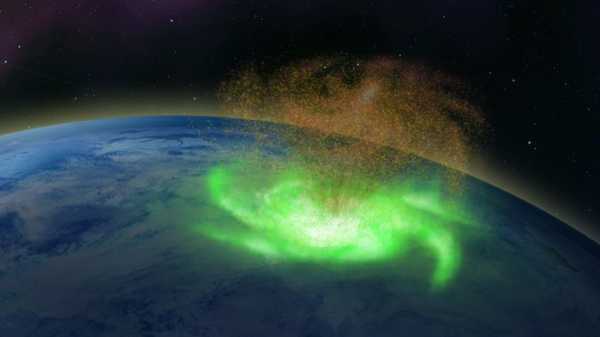
'Space Hurricane' Over North Pole Recorded During Solar Calm
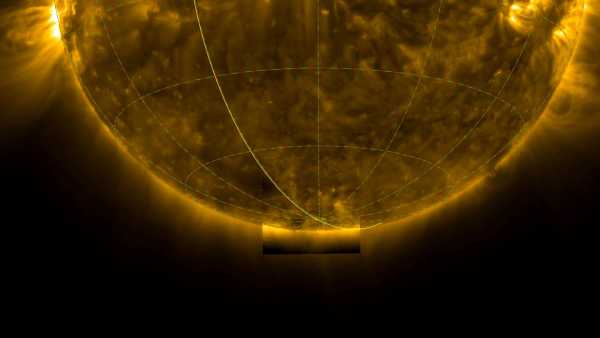
Historical observation of the lower part of the Sun: unique footage
Sourse: www.livescience.com



